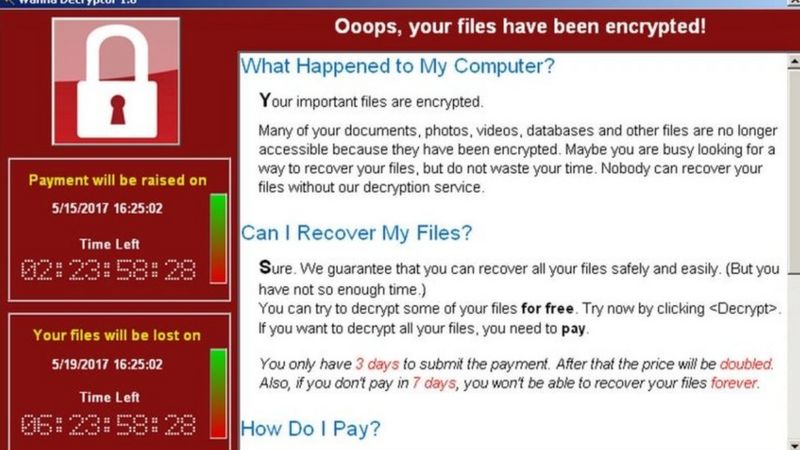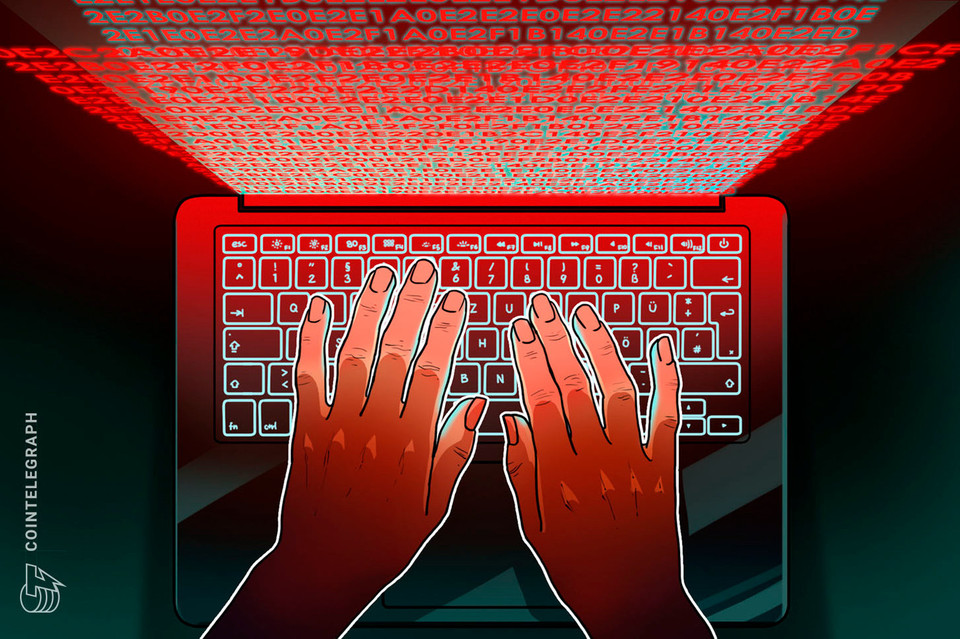

- RANSOMWARE ON APPLE DEVICES ANDROID
- RANSOMWARE ON APPLE DEVICES SOFTWARE
- RANSOMWARE ON APPLE DEVICES MAC
There was a fake FBI ransom scam that was actually a browser hijacker masquerading as ransomware.
RANSOMWARE ON APPLE DEVICES MAC
Mac ransomwareĮven though Apple devices are a bit more resistant to malware than Windows PCs, Mac ransomware is also on the rise.Įarly examples of Mac ransomware weren’t exactly coded like ransomware. Since data can easily be restored by syncing devices, cybercriminals often prefer blocking your smartphone instead of just encrypting files.
RANSOMWARE ON APPLE DEVICES ANDROID
There’s even a WannaCry copycat - WannaLocker - which spreads on gaming forums and targets Android devices in China. Android ransomware started making news in 2016, tripled in 2017, and has continued to grow ever since. Android ransomware is most likely to be a locker, which prevents you from accessing your device via the UI or a pop-up that won’t go away. Your Android mobile devices aren’t safe from ransomware either. RaaS (Ransomware as a Service) is malware hosted anonymously by a hacker who handles everything - distributing the ransomware, collecting payments, managing decryptors - in exchange for a cut of the ransom.

We all store sensitive files on our PCs - from contracts and personal documents to embarrassing photos - so it’s easy to see why that might cause panic.

Doxwareĭoxware (or leakware) threatens to publish your stolen information online if you don’t pay up. Some scareware variants lock your computer, while others flood your screen with annoying alerts and pop-ups.
RANSOMWARE ON APPLE DEVICES SOFTWARE
Scareware is fake software (like a fake antivirus or cleaning tool) that claims to have found issues on your PC and demands money to fix them. Lockers infect your operating system to completely lock you out of your computer and make it impossible to access any apps or files. While extorting more than $50,000 from victims and causing hundreds of millions in additional damages, WannaCry put thousands of lives at risk when it hit hospitals around the world and blocked medical staff from accessing patient files. Crypto malware or encryptorsĬrypto malware or encryptors are the most common type of ransomware, and they can do a lot of damage using super-strong data encryption methods. Some variants are more harmful than others, but they all have one thing in common: ransomware by definition requires a demand of payment. Ransomware comes in all shapes and sizes. Ransomware and viruses can both be removed with an antivirus - but if your files are encrypted, it’s unlikely you’ll ever get them back. Ransomware scrambles your files to render them unusable, then demands you pay up. Viruses infect your files or software, and have the ability to self-replicate. Hospitals, governments, and large corporations have been hit with large-scale ransomware attacks that forced them to choose between paying thousands of dollars in ransom to cybercriminals or absorbing millions in recovery costs.īut is ransomware a virus? No, it’s a different type of malicious software. In recent years, ransomware has grown astronomically. Luckily, experts came up with tools to remove the malware and decrypt the infected files.

Finally, it encrypted all system files and asked users to pay $189 to undo the damage. The malware didn’t run immediately, but instead waited until victims booted their PCs 90 times. The first recorded ransomware attack occurred in 1989, when evolutionary biologist Joseph Popp infected floppy disks with the AIDS Trojan and distributed them to fellow researchers.


 0 kommentar(er)
0 kommentar(er)
